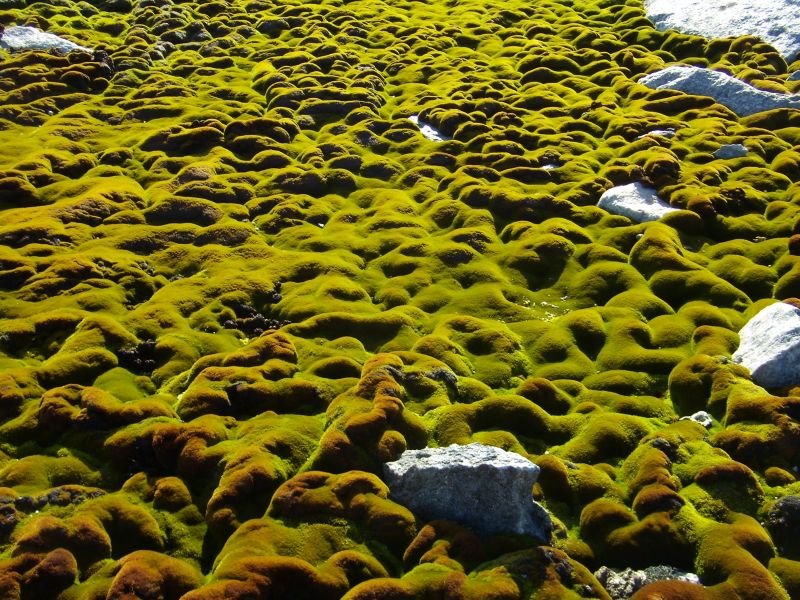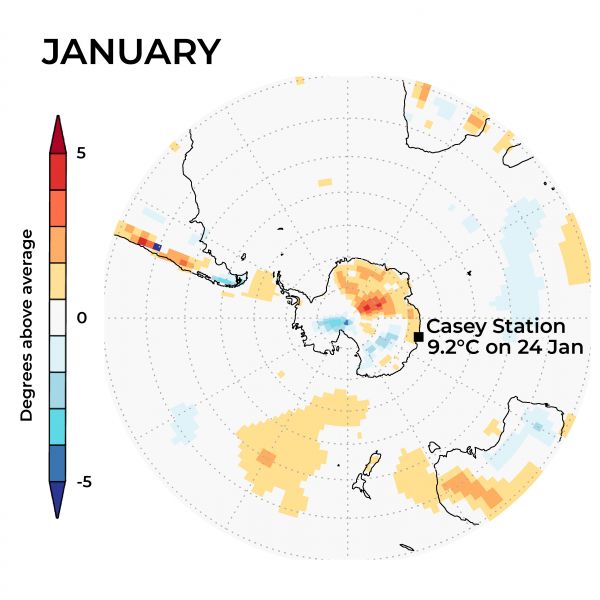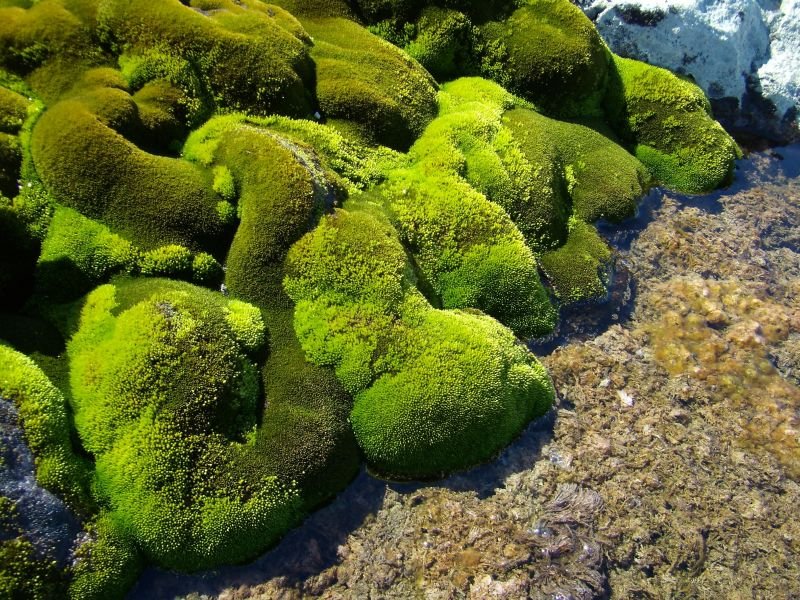Because of the news stories about extreme heat in Antarctica, I was asked to write a letter to the editor for Global Change Biology discussing these temperature extremes and what they might mean for Antarctic biodiversity. So, I reached out to Dana, Gustavo and Marisol for the insiders guide to the 2019/20 summer field season and in Australia, Diana and I started looking at the climate data. We decided we really needed a meteorological expert and so we asked Andrew Klekociuk if he could explain what was going on.
What we didn’t expect to find was a heatwave at Casey (the station where we do most of our work). This had actually occurred in late January and our analysis showed that the whole summer season was characterised by heatwaves rolling around the continent from November to February. Unfortunately, we did not have a team at Casey this summer. We had planned to go in early February to continue the long-term monitoring that we started there in 2000. One week before our team was due to go to Casey our trip was cancelled because of the risk that scientists would take COVID-19 to Antarctica. So, no one was there to see if our Casey moss beds were flooded by extra melt water, got heat stressed or both. However, the good news is that Antarctic winter teams appear to be free of coronavirus.
At the end of March, the paper was published online in Global Change Biology. You can read it here, or check out the excellent synopsis written for the Conversation by Dana. We will be really interested to see what reports of biological changes arise from these extreme summer events in Antarctica.
As we see the world pivoting to manage the COVID-19 crisis, I am hopefully that we can use the same ingenuity, resolve, care and compassion to take action on climate change, so that these Antarctic summer heatwaves do not become our new normal.



